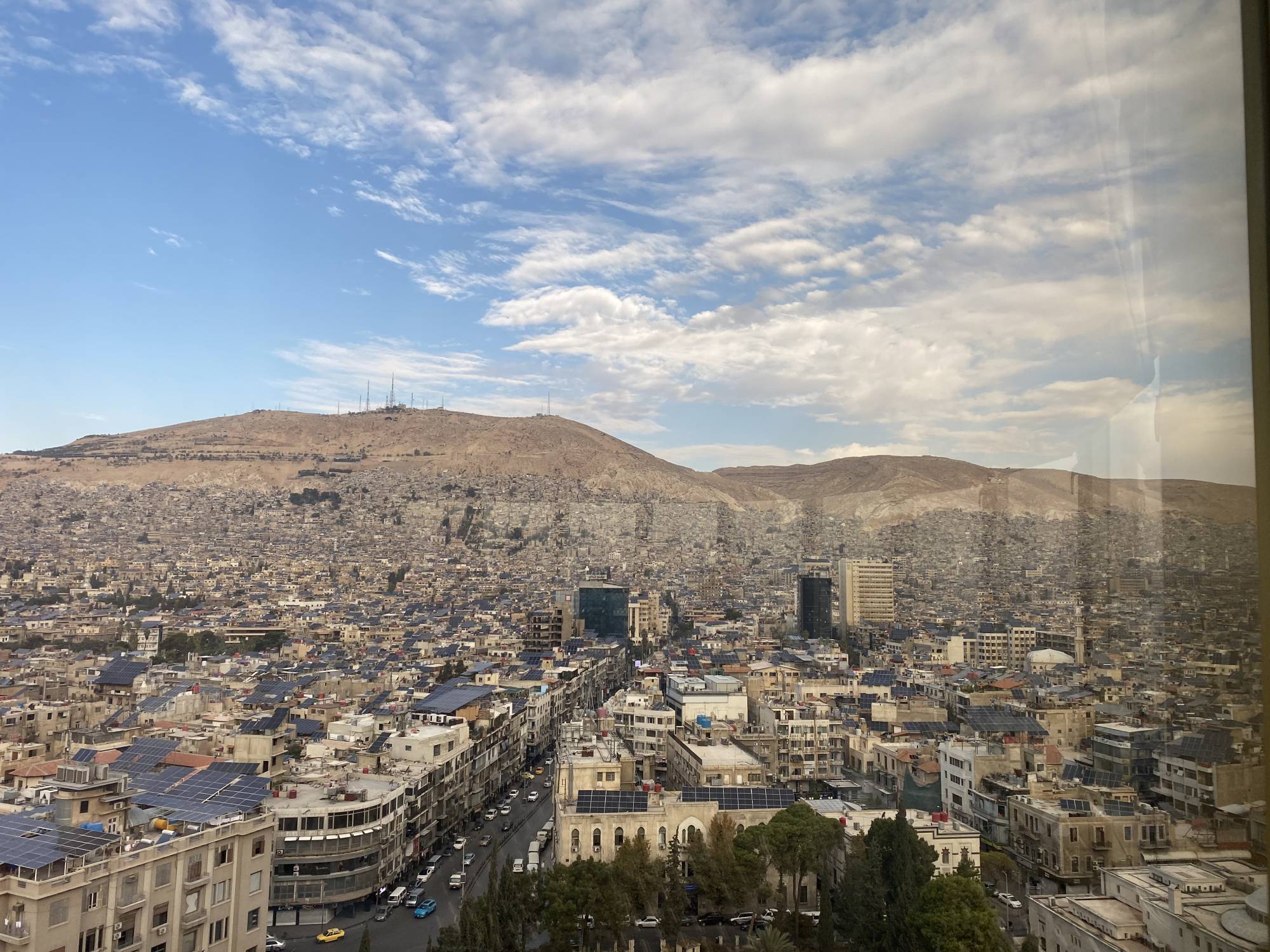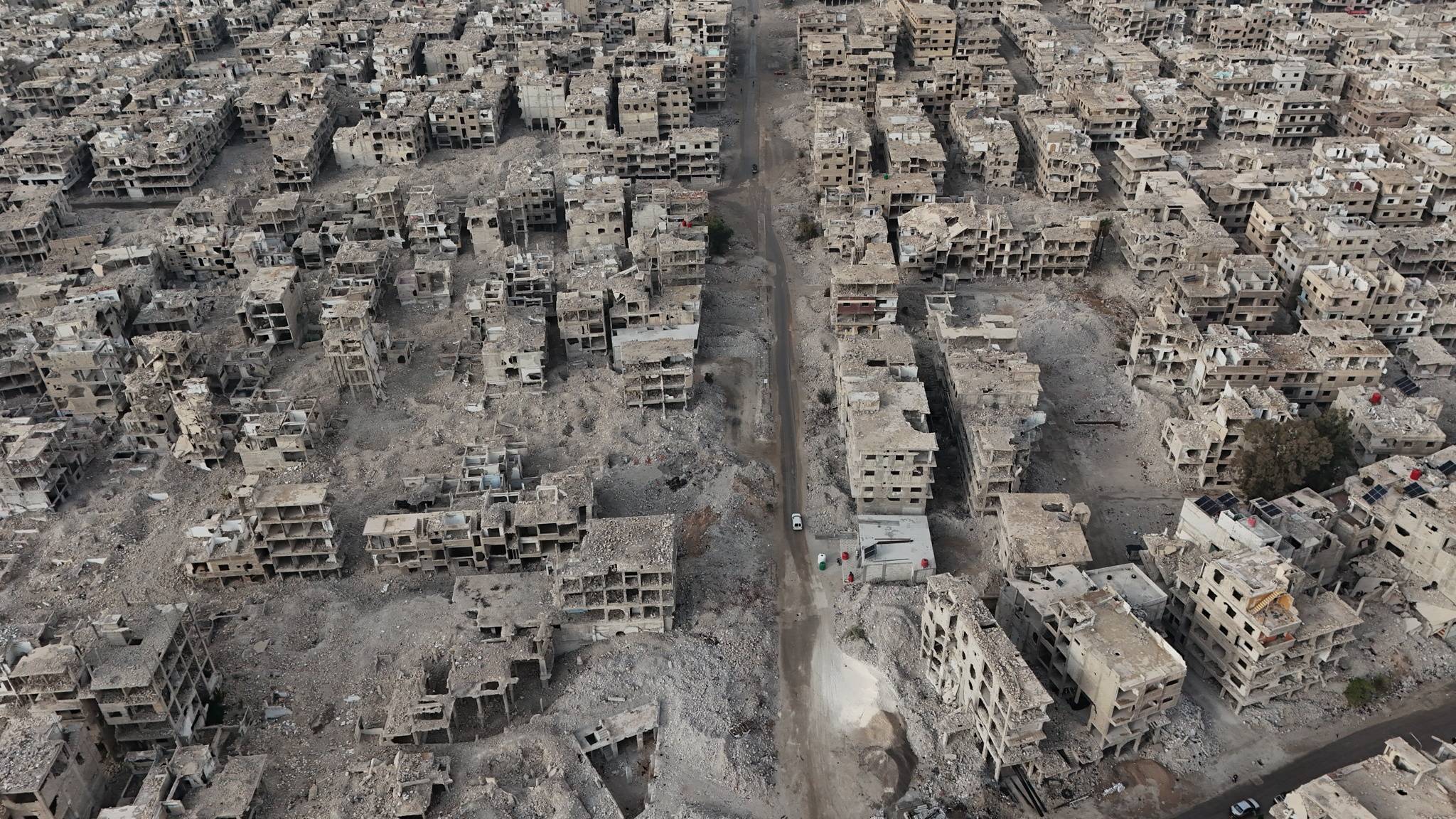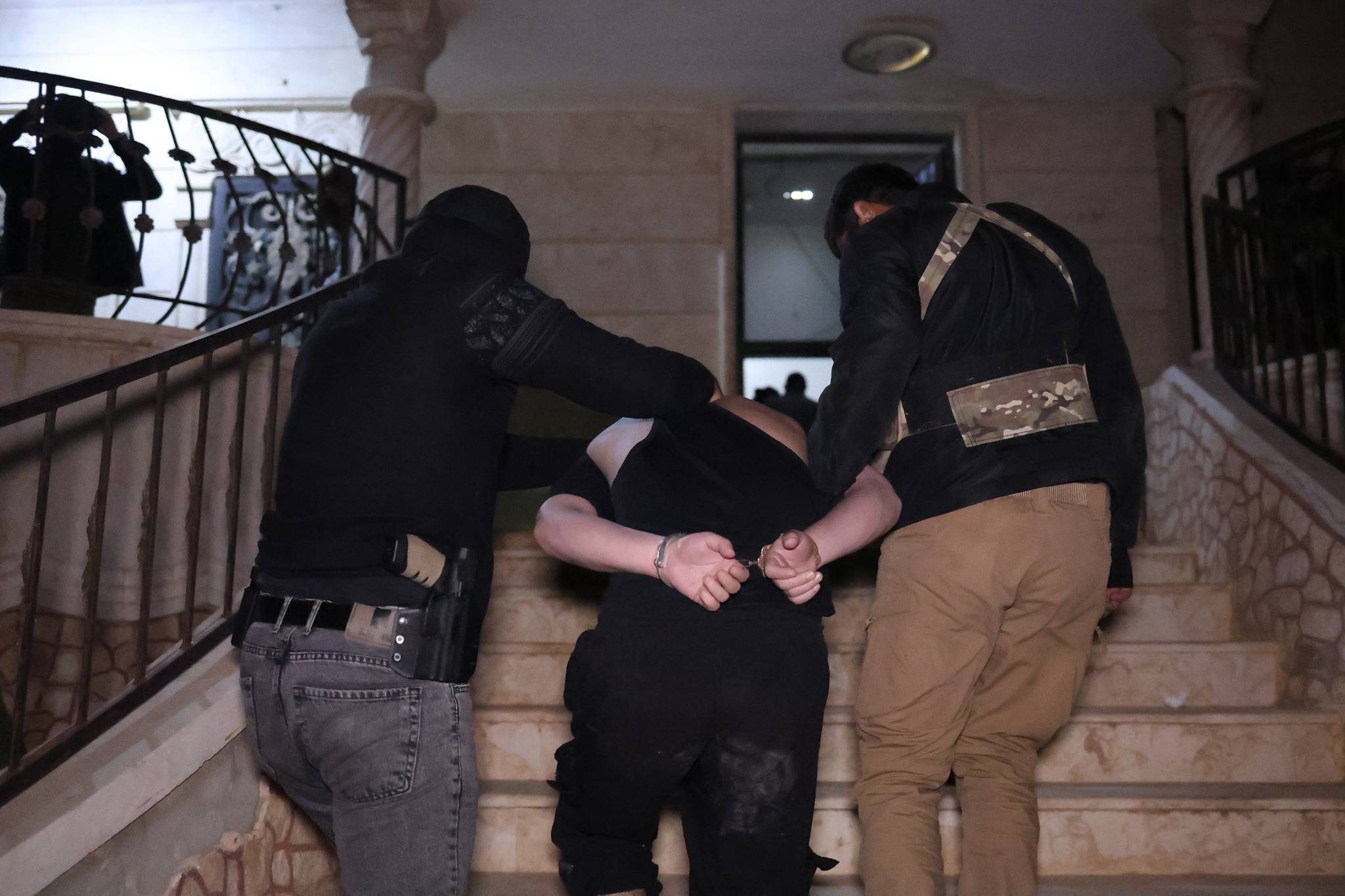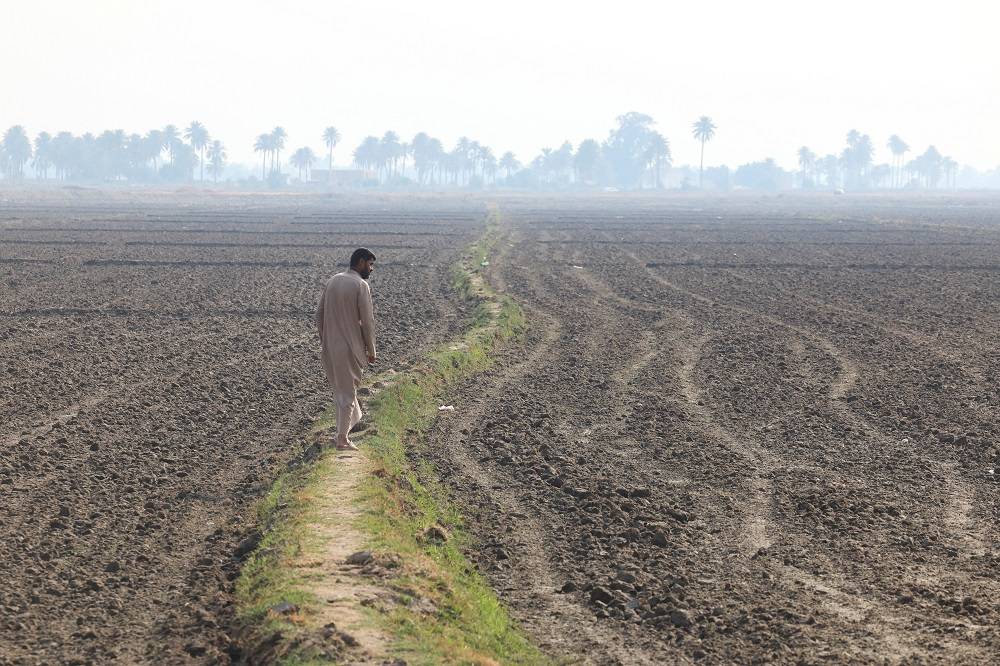North Korea launched a suspected intermediate-range ballistic missile (IRBM) on Tuesday, in what South Korean officials said could be related to its development of a new solid-fuel hypersonic weapon.
The launch comes after North Korean leader Kim Jong Un oversaw a ground test of a solid-fuel engine for a new type of intermediate-range hypersonic missile to develop national defense capability, state media reported in March.
In January, North Korea test fired an IRBM that it said was equipped with a hypersonic maneuverable controlled warhead. State media did not immediately disclose details of Tuesday's launch.
Here are some characteristics of solid-fuel technology, and how it can help the nuclear-armed North improve its missile systems.
WHAT ARE SOME ADVANTAGES OF SOLID FUEL?
Solid-fuel missiles do not need to be fueled immediately ahead of launch, are often easier and safer to operate, and require less logistical support, making them harder to detect and more survivable than liquid-fuel weapons, reported Reuters.
"These capabilities are much more responsive in a time of crisis," said Ankit Panda, a senior fellow at the US-based Carnegie Endowment for International Peace.
WHAT IS SOLID-FUEL TECHNOLOGY?
Solid propellants are a mixture of fuel and oxidizer. Metallic powders such as aluminum often serve as the fuel, and ammonium perchlorate, which is the salt of perchloric acid and ammonia, is the most common oxidizer.
The fuel and oxidizer are bound together by a hard rubbery material and packed into a metal casing.
When solid propellant burns, oxygen from the ammonium perchlorate combines with aluminum to generate enormous amounts of energy and temperatures of more than 5,000 degrees Fahrenheit (2,760 degrees Celsius), creating thrust and lifting the missile from the launch pad.
WHO HAS THAT TECHNOLOGY?
Solid fuel dates back to fireworks developed by the Chinese centuries ago, but made dramatic progress in the mid-20th century, when the US developed more powerful propellants.
North Korea uses solid fuel in a range of small, shorter-range ballistic missiles, as well as in its new Hwasong-18 intercontinental ballistic missile (ICBM).
The Soviet Union fielded its first solid-fuel ICBM, the RT-2, in the early 1970s, followed by France's development of its S3, also known as SSBS, a medium-range ballistic missile.
China started testing solid-fuel ICBMs in the late 1990s.
South Korea has also said it has secured "efficient and advanced" solid-propellant ballistic missile technology, though in much smaller rockets so far.
SOLID VS LIQUID
Liquid propellants provide greater propulsive thrust and power, but require more complex technology and extra weight.
Solid fuel is dense and burns quite quickly, generating thrust over a short time. Solid fuel can remain in storage for an extended period without degrading or breaking down - a common issue with liquid fuel.
North Korea said the development of its solid-fuel ICBM, the Hwasong-18, would "radically promote" its nuclear counterattack capability.
After the first launch South Korea's defense ministry sought to downplay the testing, saying the North would need "extra time and effort" to master the technology.
What are Solid-fuel Missiles, and Why is North Korea Developing Them?
https://english.aawsat.com/features/4945041-what-are-solid-fuel-missiles-and-why-north-korea-developing-them



What are Solid-fuel Missiles, and Why is North Korea Developing Them?

Hwasong-18 intercontinental ballistic missile is launched from an undisclosed location in North Korea in this image released by North Korea's Korean Central News Agency on July 13, 2023. KCNA via REUTERS

What are Solid-fuel Missiles, and Why is North Korea Developing Them?

Hwasong-18 intercontinental ballistic missile is launched from an undisclosed location in North Korea in this image released by North Korea's Korean Central News Agency on July 13, 2023. KCNA via REUTERS
لم تشترك بعد
انشئ حساباً خاصاً بك لتحصل على أخبار مخصصة لك ولتتمتع بخاصية حفظ المقالات وتتلقى نشراتنا البريدية المتنوعة












